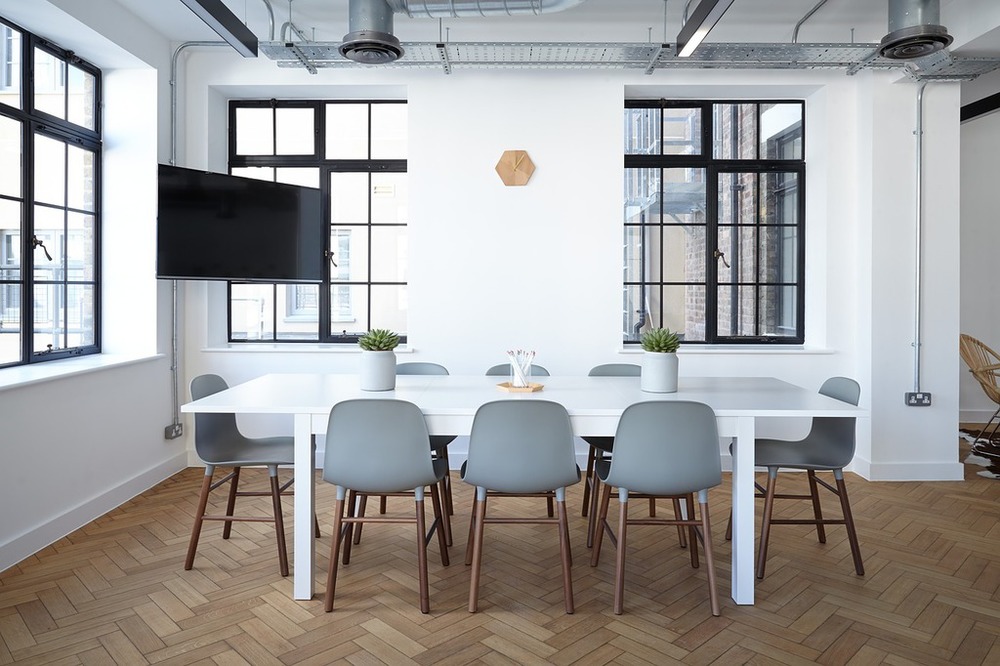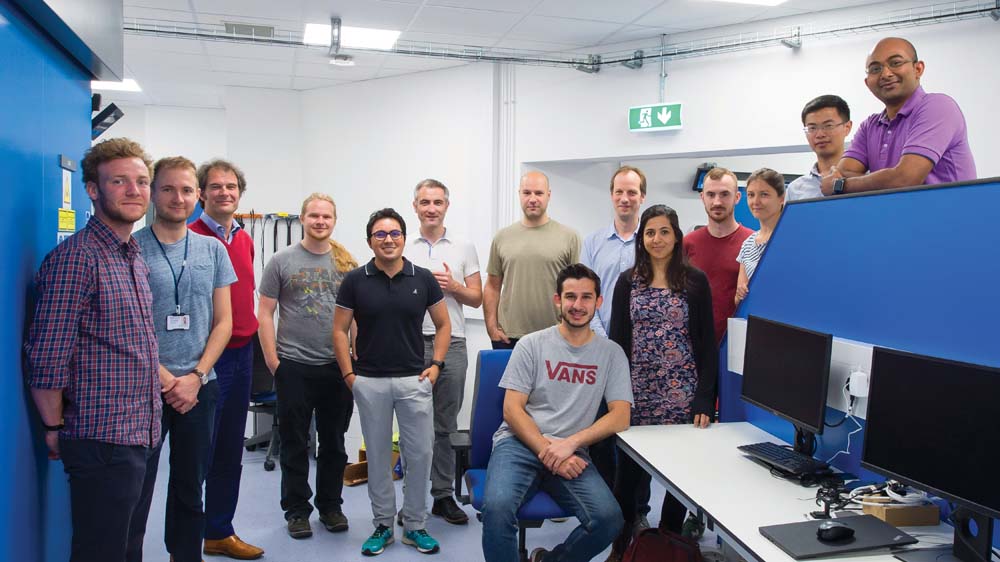
Working towards a greener workplace has so many benefits. Not only can you and your employees take pride in the company you work for, but your clients, suppliers and partners can feel better about working with you, too. In the long-term you can expect to see a measurable drop in expenses and, of course, you’ll be helping the planet out.
Green office supplies
Workplaces use up a lot of consumables and, simply put, employees tend to use what they’re allowed to. Instead of providing an endless supply of pens and notepads, keep your stock at a minimum and only order what you need. This should slowly but surely reduce the number of half-used pads and dried-up pens littering desks. Do you really need post-its?
Try to source new consumables from eco-conscious suppliers. This includes obvious things like recycled paper products, but should extend to washing up liquid, air fresheners and complimentary tea and coffee (you’d be amazed at the sustainable packaging options you can get, although, admittedly, you’ll probably want to buy the bags with coffee already inside them).
Eco-friendly equipment
Addressing the tools and equipment that your workplace uses every day offers a huge opportunity for change. Evaluate everything your team uses in a day, including:
- Lights
- Computers and screens
- Printers and photocopiers
- Toilet facilities
- Kitchen equipment
- HVAC equipment
Can you implement timer systems so lights, switches and machines are automatically turned off when not in use? Is your climate control being used efficiently? Encourage staff to check all equipment is fully turned off overnight, over the weekend and during holidays and, when the time comes to upgrade certain devices, see about investing in modern, energy-efficient options.
Reducing waste
Start implementing firm policies about waste reduction. Discourage the use of single-use plastics and replace any disposable cutlery and cups with sustainable ones – either regular reusable ones or ones made from recyclable/biodegradable paper or wood.
Going paper-free is a big step for most companies but will vastly reduce the amount of waste you reduce. A lot of processes can easily be done completely digitally, without any need for printing. Meeting minutes, email confirmations, event invites, reports and bookings don’t actually need a physical copy, no matter how much you’re used to it.
There are ways you can reduce your usage in almost every area of your business. Here are 30 more ideas to choose from.
Recycling
A certain amount of waste is inevitable. Make sure you’re providing ways for staff to manage their waste responsibly – and encouraging them to do so. Provide plenty of recycling stations for paper, plastic and other materials that are common to your workplace (do people drink from cans, or is there a high turnover of batteries or printer cartridges?)
Try installing a compost system in your office where bio-degradable waste can go and be reused on landscaping (you could even donate it back to your staff if you won’t use it in the workplace).
Transport
There are ways of reducing your environmental impact outside of your workplace, too. Aim to reduce the number of car journeys your company creates, by incentivising staff to carpool, take public transport or use greener modes of transport.
Can employees work from home one day a week? What about using video conferencing software instead of travelling to meetings? By asking whether each journey is really necessary, we can cut down significantly on fuel consumption and pollution.
External venues
Don’t forget that the places you choose to hold your meetings, events and conferences can contribute positively or negatively to your environmental impact.
Although a lot of venues don’t yet advertise their sustainable credentials, there are a few questions you can ask to determine for yourself whether they help you meet your goals. Find out how they handle food waste and whether they have eco-conscious policies about packaging.
Another contributing factor is their location. A beautiful country house might tick every box on your list of requirements, but if all of your guests (and caterers etc.) will have to drive there or take taxis, maybe have a re-think. A centrally-located venue gives people the option to take public transport and reduce your event’s carbon footprint overall.
Making your office a more sustainable environment doesn’t have to be hard work. Just a few small changes that are promoted and encouraged across each department will go a very long way – and a little bit of effort is much better than no effort at all. Take each change one at a time until it simply becomes a habitual part of your workplace.






